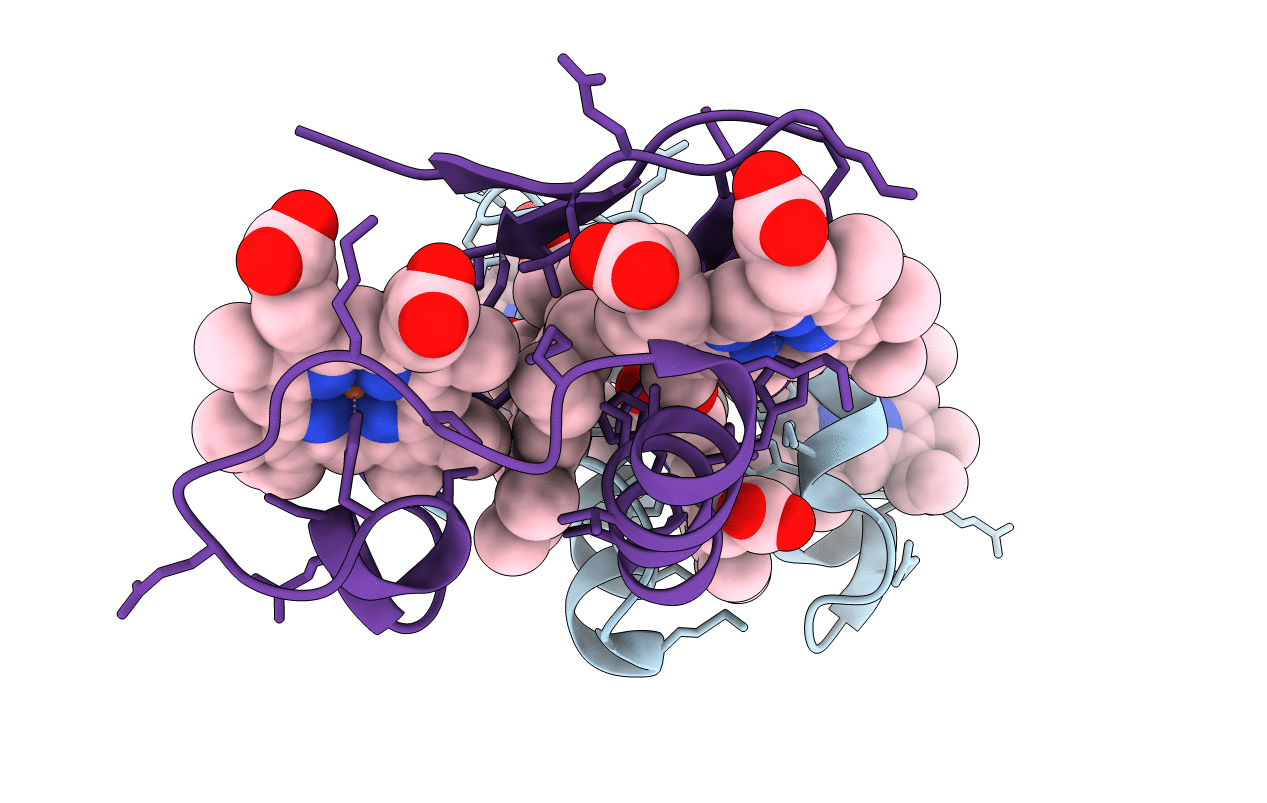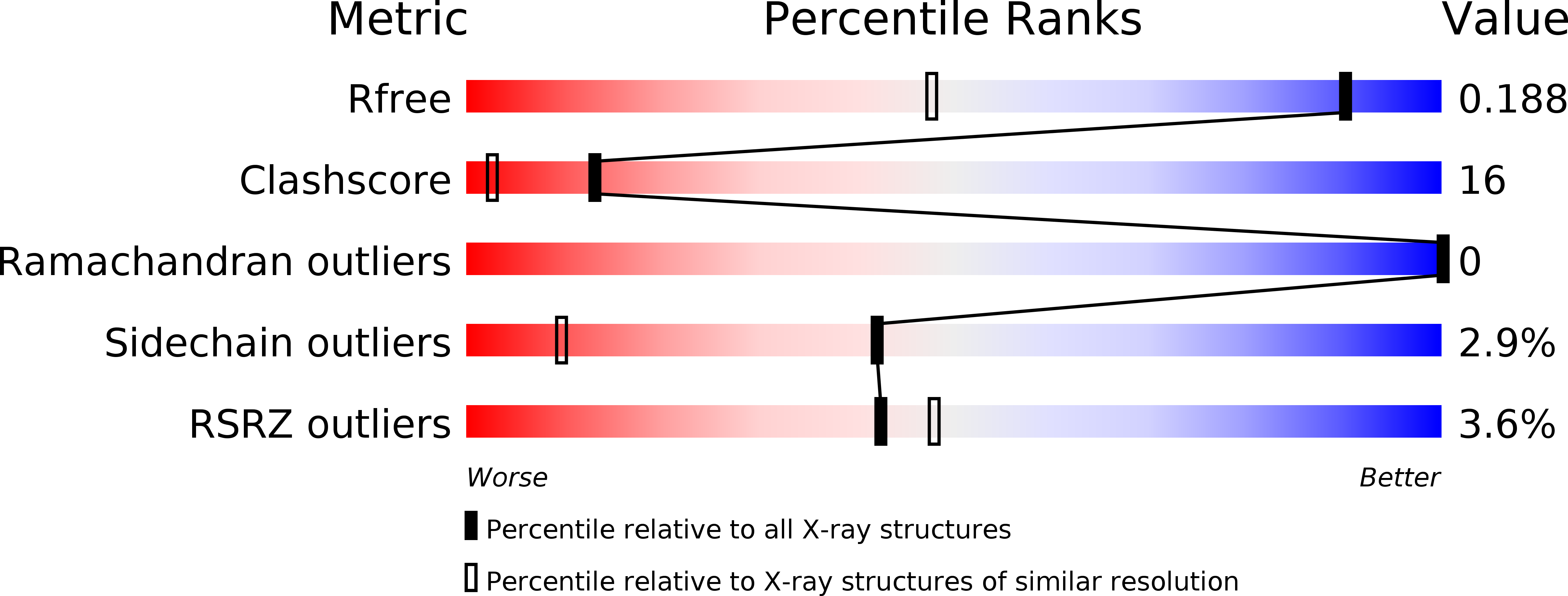
Deposition Date
2009-04-20
Release Date
2009-12-29
Last Version Date
2024-02-21
Entry Detail
PDB ID:
3H4N
Keywords:
Title:
PpcD, A cytochrome c7 from Geobacter sulfurreducens
Biological Source:
Source Organism:
Geobacter sulfurreducens (Taxon ID: 35554)
Host Organism:
Method Details:
Experimental Method:
Resolution:
1.35 Å
R-Value Free:
0.17
R-Value Work:
0.14
R-Value Observed:
0.15
Space Group:
P 21 21 21


